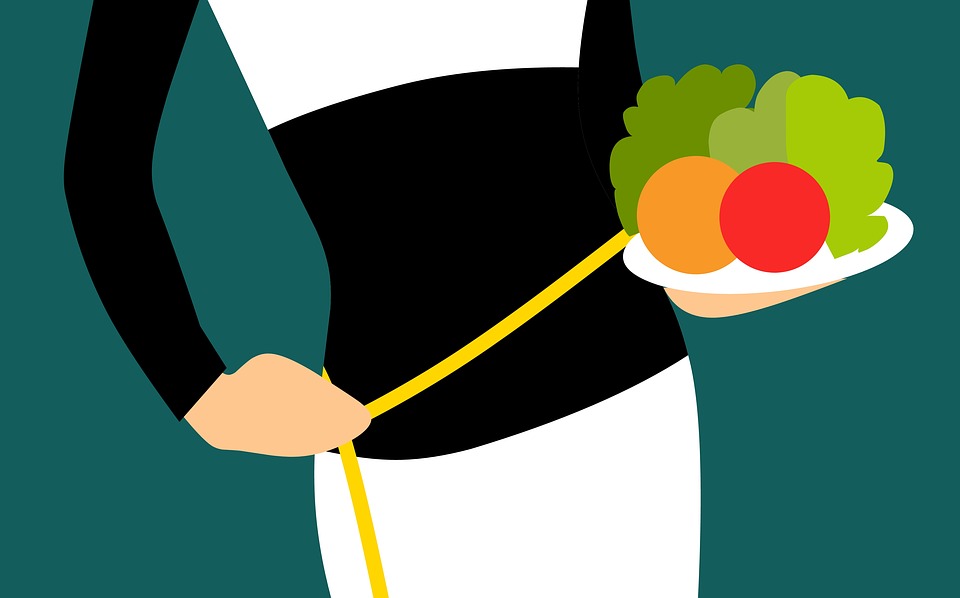Surprising Ways How To Remove Lumps After Liposuction
If you have fat necrosis (aka lumps after lipo), you may wonder how to remove lumps after liposuction. It is an unsightly but harmless problem and how to smooth out stomach after liposuction is a common and normal question to have after the procedure.
How to massage lumps after liposuction is by targeting the affected area with a cannula to help remove the fluid as it is also good for the skin. The process is not complex, but it is best to consult your surgeon before going ahead. If the lumps are too large, your doctor may recommend an alternative treatment.
The hard lump after liposuction can be challenging to remove, and they may be localized. They can be treated surgically or with secondary procedures. A physician should evaluate whether the bumps result from a benign condition or a complication. Some doctors recommend that you visit a specialist to find out the cause. They can also help you determine if you are dealing with a residual swelling caused by liposuction.
The most common reason for this type of lump is that the fat has been removed too much. It can lead to skin irregularities, such as bumps. A lumpy stomach after liposuction can take months to go away, and if left untreated, they will not disappear completely. However, you can use compression garments to minimize the appearance of these lumps and allow you to resume light exercise. This procedure is a good option for patients with less-than-perfect skin.
Learn How to Remove Lumps After Liposuction
A needle or a thin, long-handled needle is the best way to get rid of lumps following liposuction. If the swelling is significant, a surgeon may want to perform surgical procedures. You can also use a small needle. It can be used for small lumps to drain the oily substance from the fat necrosis.
Once you have had liposuction, you can apply some topical creams or lotions to the affected area. Afterward, massage the affected area with a clean towel. Once the swelling is gone, it will be dry, and the swelling should subside. A plastic surgeon can treat these problems. Talk to your doctor about this possibility. Hypoglycemia, obesity, and other conditions are the most common causes of lumps.
If the lumps remain, you can apply a lubricant. It will prevent the fat from accumulating. It will also help the skin recover faster. A fatty area may be prone to infections, but you can avoid these by using a noninvasive cream. In addition to this, the patient should be kept comfortable with their new appearance. If the lumps are not a sign of severe health problems, you can try a different cream. If you have had a fat-producing substance, you can even opt to perform a surgical procedure.
Bottomline
You might have noticed some lumps after liposuction. Most patients experience swelling, bruising, and asymmetry. As a result, the fat cells have been suctioned out. The swelling will continue for a week or so. While the recovery period will not last longer than three days, you should try to keep moving every two hours.
A fat-laden lump can be challenging to remove. Although massage can help, it is not practical in cases of uneven liposuction. You must use an ice pack or a soft cloth to remove the lumps. The ice pack should be carefully removed. It should not be placed on your skin, as it can cause skin necrosis. Moreover, you must ensure that the ice packs are kept at the same temperature as your skin.
After the procedure, you should follow your regular exercise routine. Several weeks after liposuction, the tissues will feel stiff and start to swell. If the swelling is more than two weeks, you should start exercising regularly. A daily walk is an excellent choice. If you haven’t worked out for two weeks, consider buying more oversized clothing. It will help you recover quicker.

